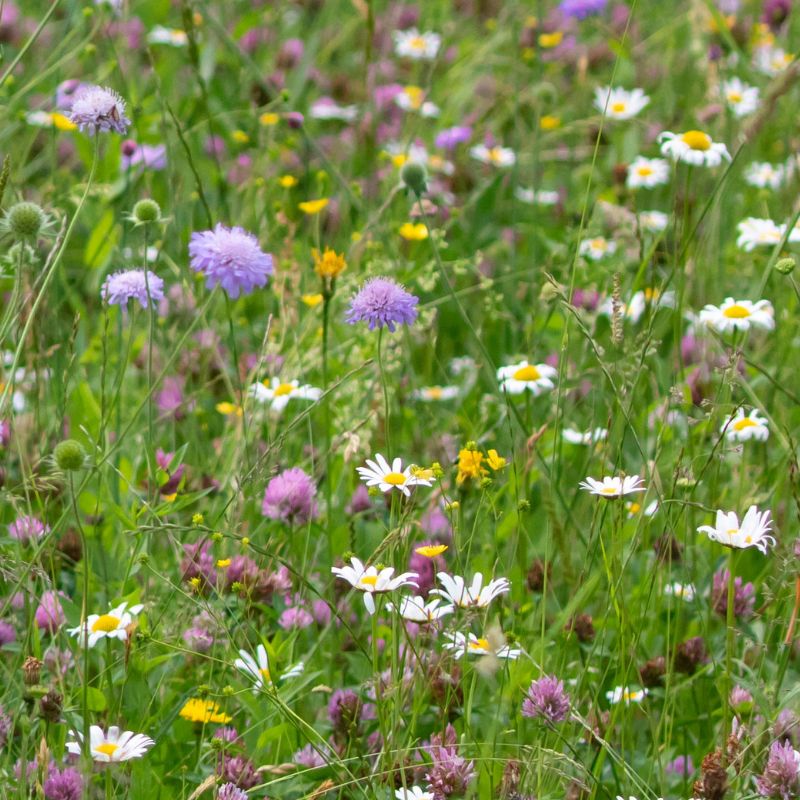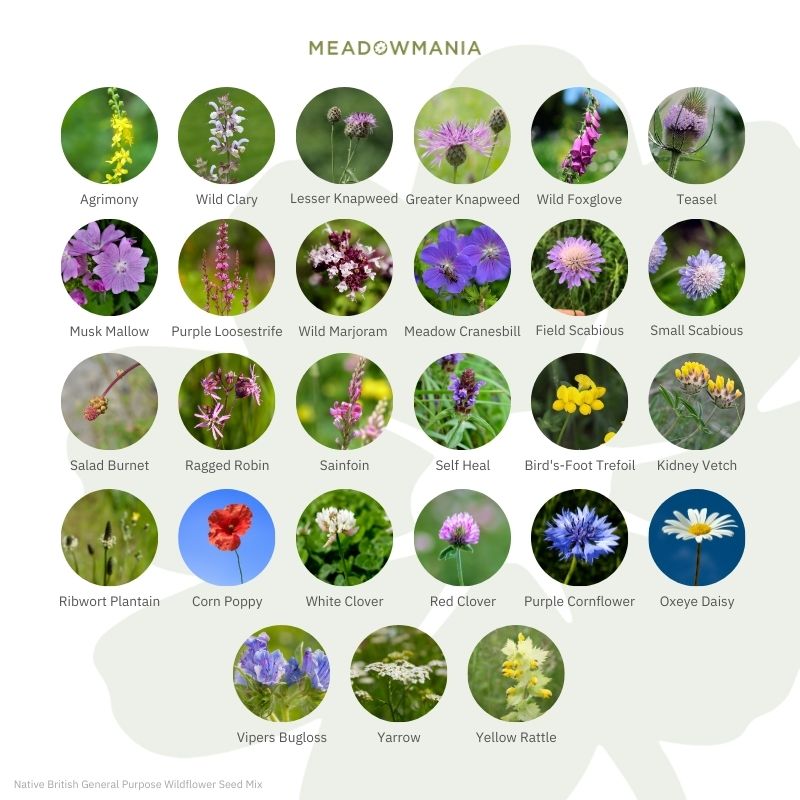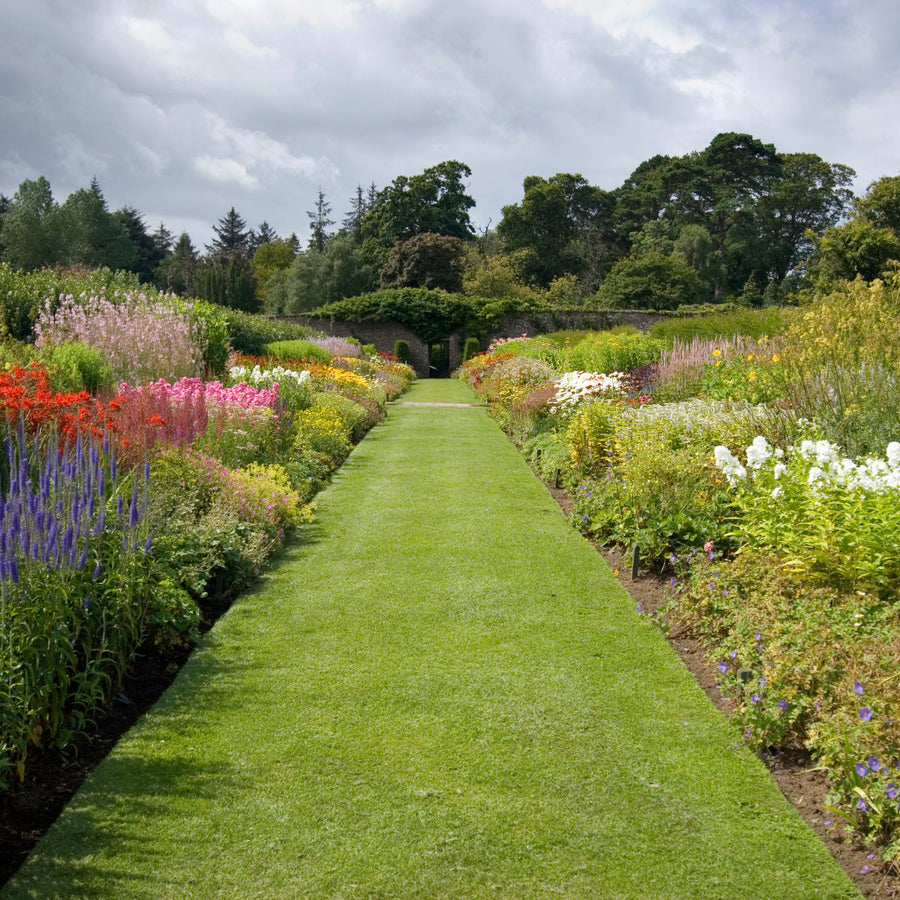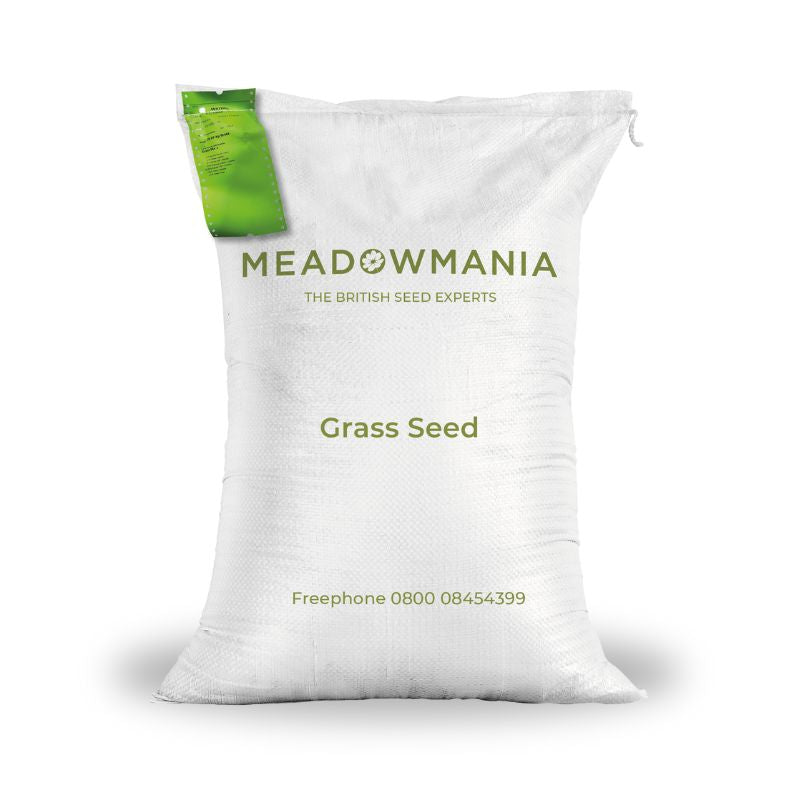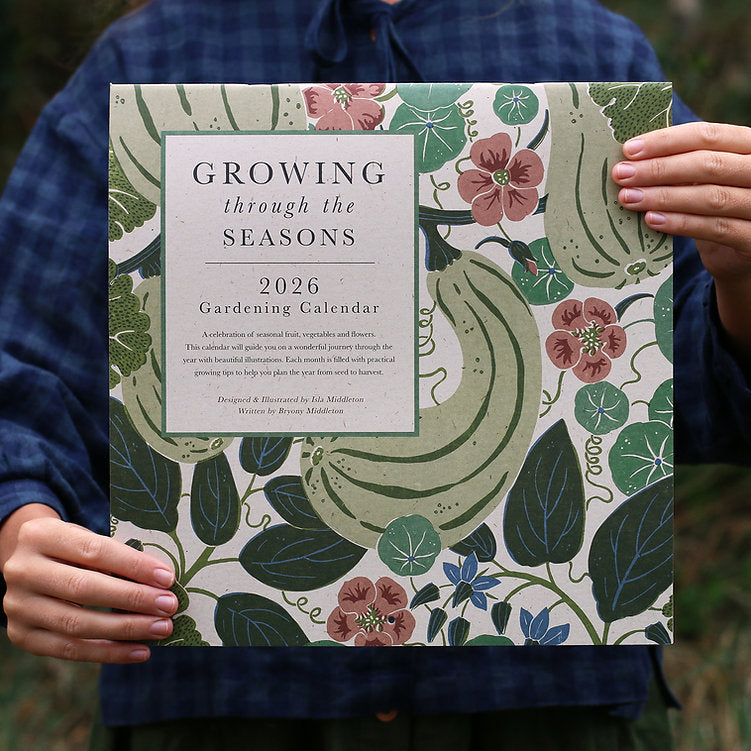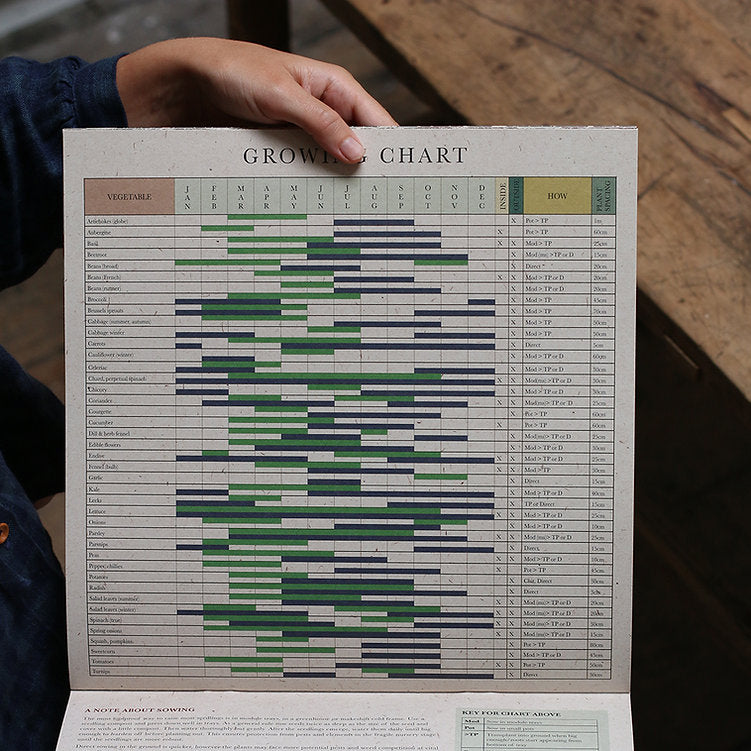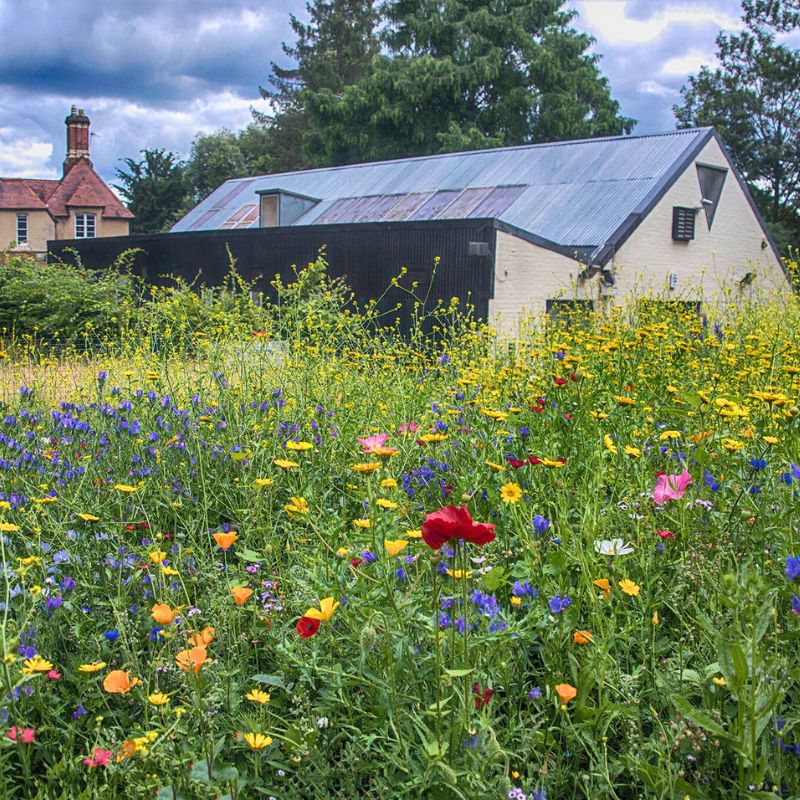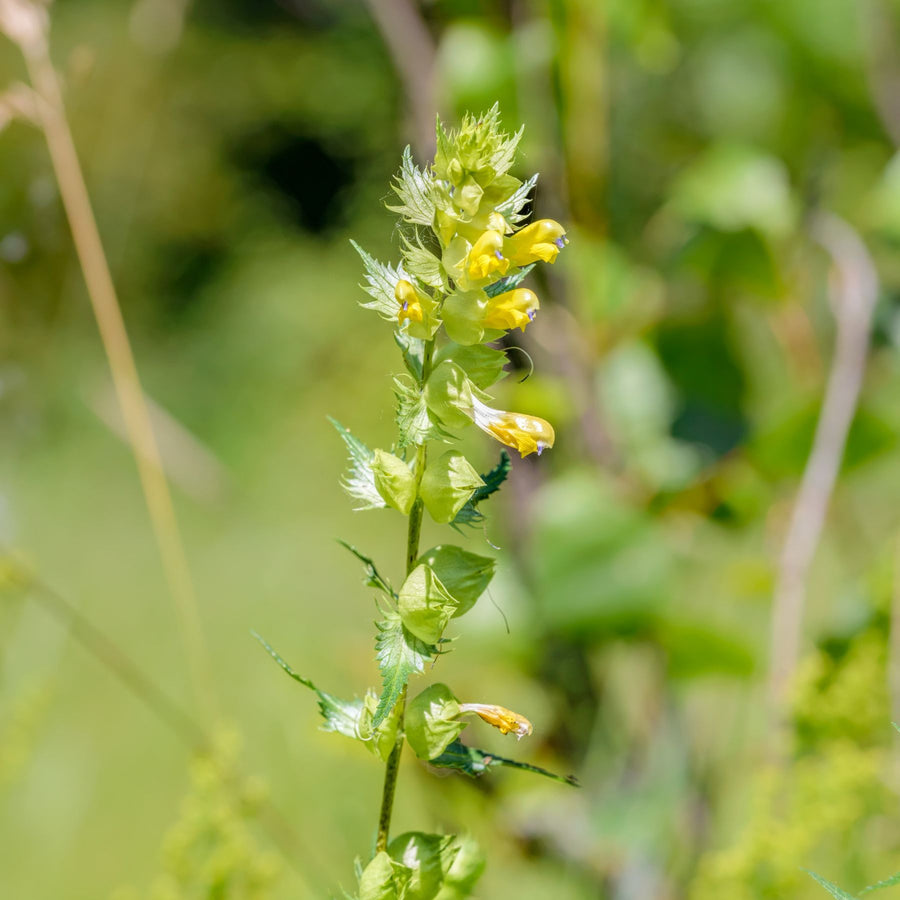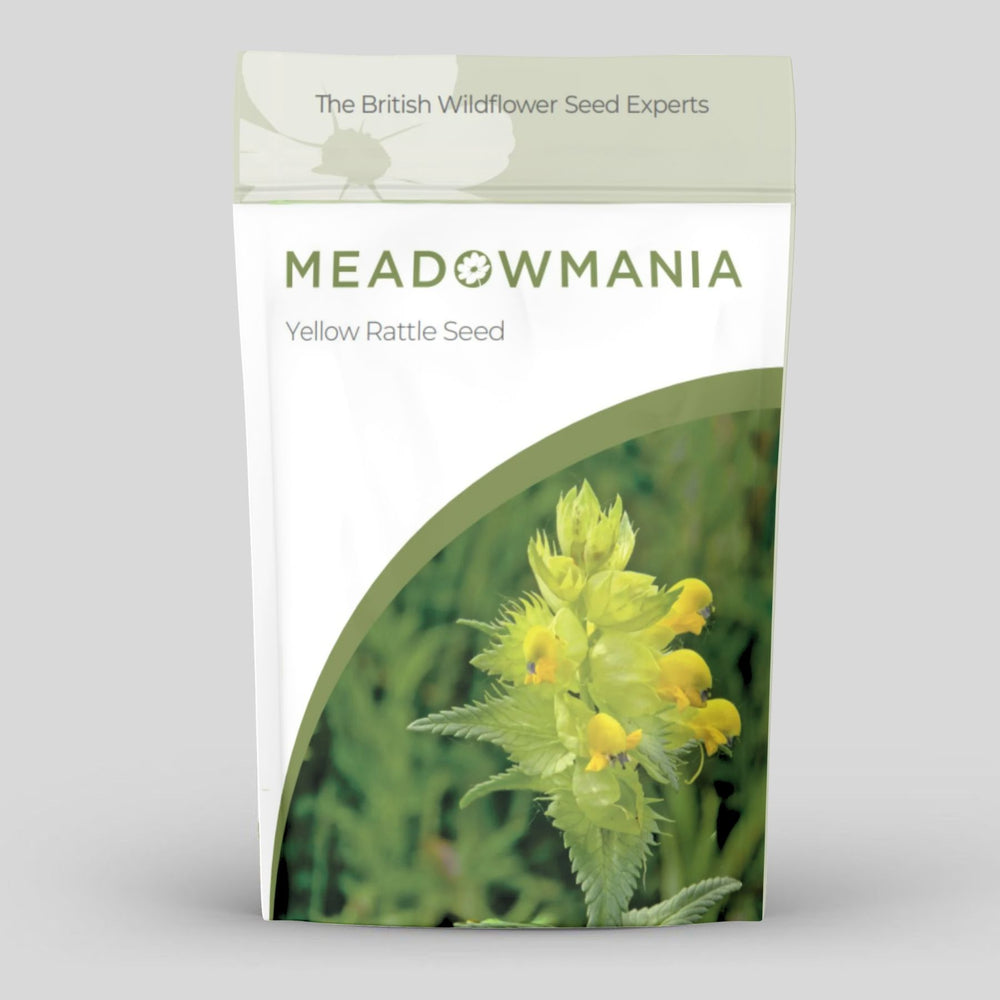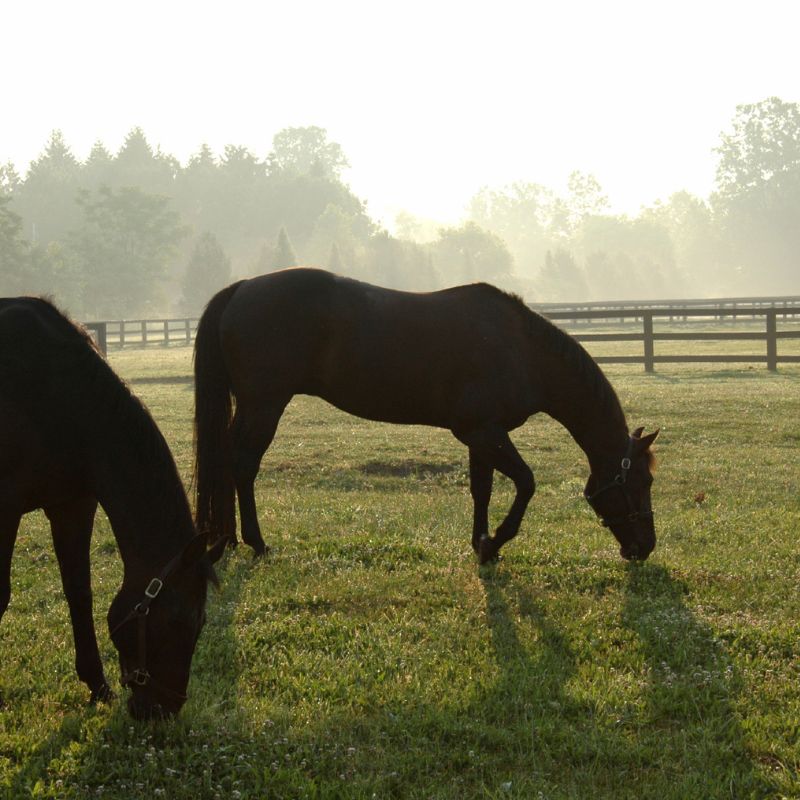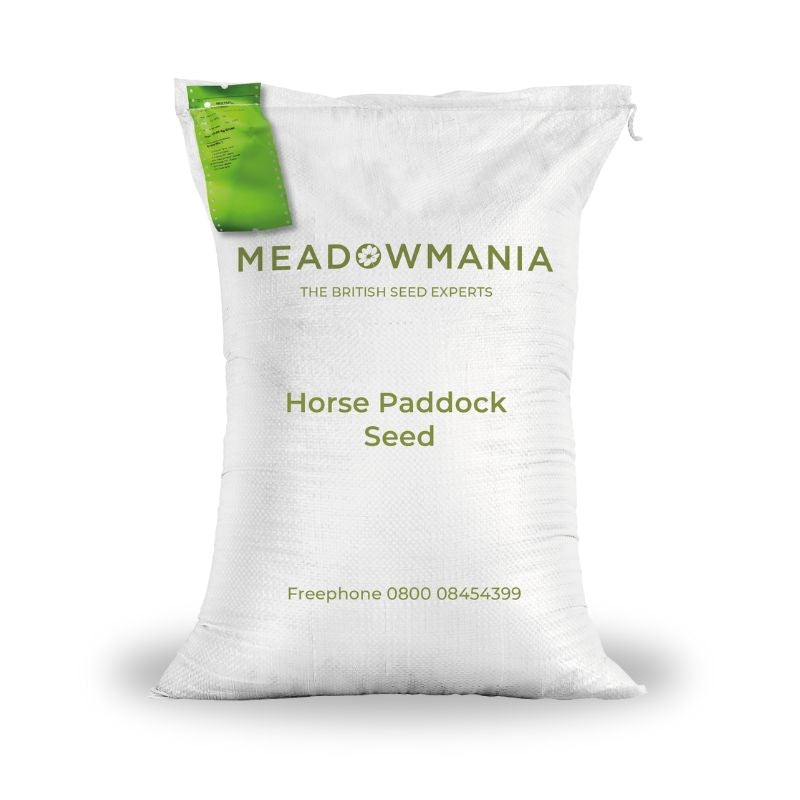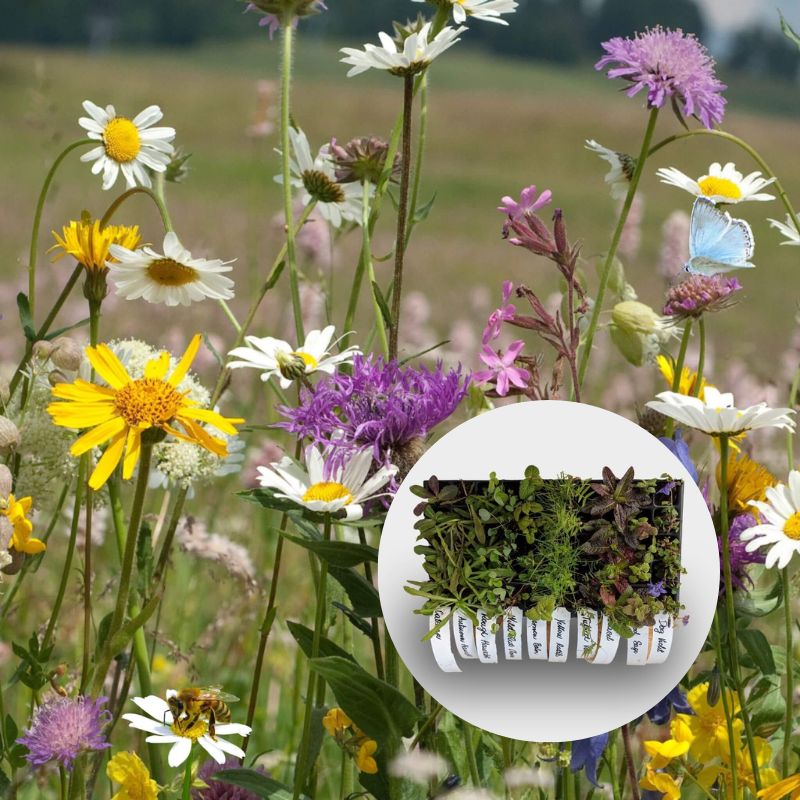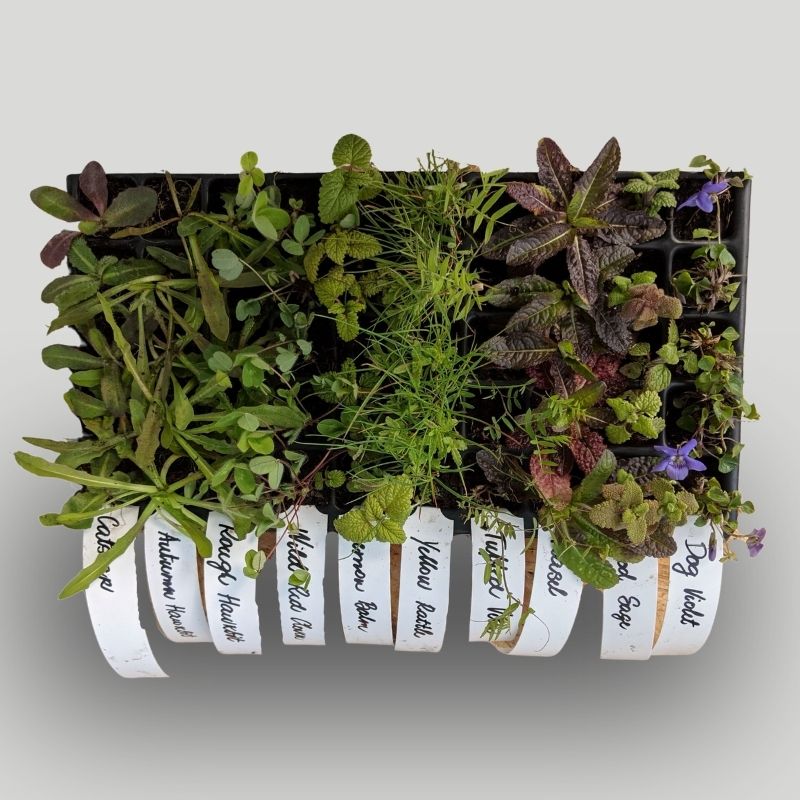
Buzz It Up This Spring: Planting Wildflowers for Pollinators
As February unfolds, we’re greeted with the first brave snowdrops, their delicate white blooms heralding the promise of spring. Before we know it, other spring bulbs, such as crocuses and early daffodils, will emerge, bringing with them the gentle hum of early pollinators at work. Now is the perfect time to think about how we can make our gardens not just a sanctuary for ourselves in the coming months, but for the many creatures that depend on them—especially our precious pollinating insects.
At Meadowmania, we believe in the importance of supporting biodiversity by planting native wildflowers that nurture our vital pollinators. We’re excited to help you create a garden that not only looks beautiful but also provides essential nectar from early summer through to autumn. Here are five wildflower species which, together, offer a continuous nectar source for bees, butterflies, and other pollinating insects throughout the growing season.
1. Meadow Cranesbill (Geranium pratense)
For a garden that thrives with both beauty and biodiversity, plant meadow cranesbill. This delightful perennial begins its bloom in early summer and continues to impress well into early autumn, with its striking blue-purple flowers. Rich in nectar, these open blooms are particularly attractive to a variety of pollinators, including buff-tailed and red-tailed bumblebees, and honeybees. Buff-tailed bumblebees (Bombus terrestris), the largest of the bumblebee species, are often the first to emerge in spring. These bees have a unique habit of being “nectar robbers.” If a flower’s nectar is too deep for their tongues, they’ll puncture the base to access the sweetness within. This clever method not only benefits the bumblebees but also leaves behind a handy access point for other pollinators to follow.

2. Greater Knapweed (Centaurea scabiosa)
This hardy perennial, with its bold purple blooms, flourishes from mid-summer through to autumn, creating a striking visual display. Its flowers are a magnet for a range of pollinators, especially butterflies, including the beautiful marbled white butterfly (Melanargia galathea). The marbled white, with its distinctive black-and-white patterned wings, is particularly fond of greater knapweed. The flowers offer both a reliable nectar source and a perfect spot for these butterflies to lay their eggs. As the larvae hatch, they feed on the knapweed, completing a full life cycle right within your garden.

3. Oxeye Daisy (Leucanthemum vulgare)
One of the most iconic British wildflowers, oxeye daisies bloom from late spring through to early autumn, offering a source of nectar for a wide variety of pollinators. The yellow centre of the flower is made up of many small flowers which each hold nectar and are a favourite of bees, butterflies, beetles, moths and hoverflies. Their long-lasting blooms help support a steady food supply from early summer to early autumn, making them an ideal flower for your pollinator garden.

4. Bird’s-Foot Trefoil (Lotus corniculatus)
Blooming from late spring to late summer, bird’s-foot trefoil is a must-have wildflower for supporting the common blue butterfly (Polyommatus icarus). This plant serves as a host for the butterfly’s larvae, providing them with the food they need to grow. Its bright yellow flowers also attract a range of other pollinators, including bumblebees like the red-tailed bumblebee.

5. Field Scabious (Knautia arvensis)
This beautiful perennial blooms from mid-summer into autumn, providing a vital nectar source when many other flowers start to fade. Its lavender-pink flowers attract a wide range of pollinators, including bees, and butterflies like the meadow brown and small tortoiseshell. But it's not just bees and butterflies that love field scabious; this plant is also a favourite of burnet moths, including the striking six-spot burnet (Zygaena filipendulae) and the New Forest burnet (Zygaena viciae). These daytime moths are particularly attracted to the nectar-rich flowers, playing an important role in pollination. By planting field scabious, you’ll extend the nectar supply in your garden into autumn, providing vital support for bees, butterflies and moths as they prepare for colder weather.
 Bringing It All Together: A smorgasbord of delights
Bringing It All Together: A smorgasbord of delights
These five species, along with over 20 others from the RHS Plants for Pollinators list, are included in our Native British General Purpose Wildflower Seed Mix. Ideal for creating a pollinator-friendly garden, this mix is designed to support the essential insects that help pollinate plants, provide food for wildlife, and boost biodiversity. As spring approaches, now is the perfect time to think about sowing these beautiful, low-maintenance wildflowers in your garden.

Planting native wildflowers is an easy and impactful way to contribute to the health of our environment. Not only will your garden become a haven for bees, butterflies, and other vital pollinators, but you'll also be helping to restore local biodiversity. Whether you have a large rural plot or a small city garden, creating a pollinator-friendly space is an effort that benefits us all.
We’re passionate about giving you the tools to make your garden more biodiverse and sustainable. Browse our wide selection of native wildflower seeds, wildflower plants, and British wildflower bulbs today, and let’s work together to make our world a little greener, one pollinator at a time. 🐝


